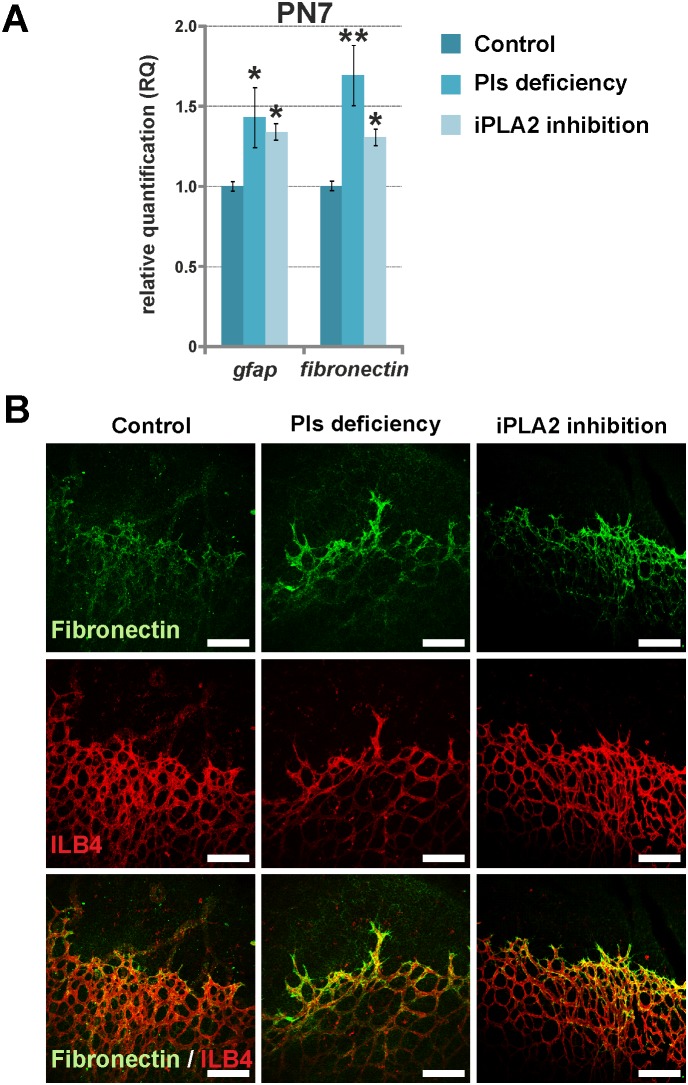Figure 4. Greater retinal astroglial activity in Pls-deficient and iPLA2-inhibited animals at PN7.
A. Relative expression of genes encoding for two markers of astroglial activity in control animals (n = 4–5), Pls-deficient mice (n = 5) and iPLA2-treated mice (n = 6) examined by RT-qPCR. The relative expression of gfap and fn1 genes encoding for GFAP and fibronectin, respectively, was normalized to gusb, hprt and b2m genes and compared to the control level (set at 1). The expression of gfap and fn1 genes was significantly increased in Pls-deficient and iPLA2-treated mice at PN7, suggesting increased astroglial activity. *: Statistically significant difference when compared to control group (Student’s t-test, P<0.05); **: statistically significant difference when compared to control group (Student’s t-test, P<0.01). B. Confocal microscopy of anti-fibronectin (green) and ILB4 (red) labelled retinal whole mounts of control, Pls-deficient and iPLA2-inhibited mice at PN7 (n = 3–6 per group). The secretion of fibronectin protein by retinal astrocytes at the front of vascular outgrowth was more pronounced in Pls-deficient and iPLA2-inhibited animals when compared to controls, confirming greater astroglial activity. Scale bar = 150 µm.

